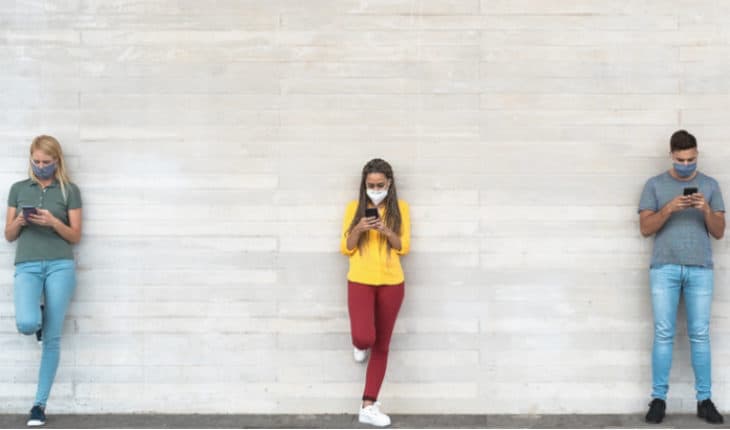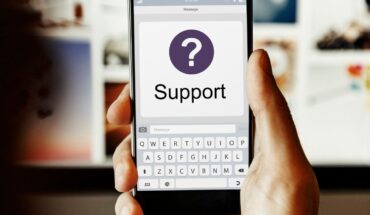Younger people’s experience of the COVID-19 pandemic was shaped by their savvy use of social media platforms, navigating mis- and dis-information, subjective content loops, big-tech algorithms and emerging “splinter platforms,” a new University of Melbourne report has found.
Social Media & COVID-19 – a Global Study of Digital Crisis Interaction among Gen Z and Millennials revealed the surprising ways younger people curated and shared “crisis narratives” in the pandemic, and the unprecedented influence and importance of social media platforms to crisis communications.
The report draws from a study conducted across 24 countries with over 23,000 respondent social media users between 18 and 40 years of age.
Professor of Digital Communications, Globalisation and Digital Policy at the University of Melbourne Ingrid Volkmer authored the report from the study conducted with Wunderman Thompson, Pollfish and the World Health Organization.
Professor Volkmer said the research paves the way for a deeper understanding of how citizens interact with social media in moments of crisis and the platforms’ essential role as independent communicators.
“As you would expect, Facebook, WhatsApp, Instagram and YouTube are the top platforms used – However, our study shows that younger citizens use several platforms simultaneously, both in Western countries and in so-called developing countries like Nigeria,” Professor Volkmer said.
“To create their own “crisis narratives” younger citizens navigate social media, national media, search sites and messaging apps. They engage with peer communities, science and health experts, and – across all countries – also with the social media content of the World Health Organization.”
The study found younger people were very aware of the effect of algorithms in their social media engagement, with many developing strategies to break out of the familiar “content loops” of their social media communities, to draw on a variety of information sources to improve their understanding of the pandemic.
Most respondents also said they were very aware of “fake news,” with 35 per cent saying they ignored it and only seven per cent saying they knowingly shared it.
In recent months, governments have also recruited large-scale social media influencers to push out public health messages on COVID-19 to younger citizens, a recognition of the dominance of social media in communicating to these groups.
The study results suggest future crisis response strategies should incorporate engagement with “normal” social media users who act as “micro,” “macro” and “super” communicators – sharing information to smaller communities which is then amplified through a “cascading” process of resharing effect of growing exposure.
The report also identified the emergence of “splinter platforms” – a growing number of smaller social media platforms that became increasingly popular during the pandemic, but which are rarely included in public and digital policy debates.
The popular gaming community instant messaging and streaming platform Discord was identified as a “splinter platform”, with some respondents drawing information from the pandemic shared through gamer community channels.
Elena Altieri, Behavioural Insights Lead at the World Health Organization said these insights help to understand young people’s information seeking behaviours, in a pandemic characterised by an excess of information on traditional and digital media.
“This research has highlighted in particular what information [younger people] trust; what they question; who they share information with and how they respond to mis- or disinformation,” Ms Altieri said in the Foreword to the report.
- Gut microbiome could delay onset of type 1 diabetes - 3rd April 2025
- The da Vinci 5 Robot Is Set To Transform Bariatric Care: - 31st March 2025
- Beyond money: the hidden drivers fuelling child food insecurity - 31st March 2025






